Double Life: Restaurateur Michael Chow's first solo show of his paintings
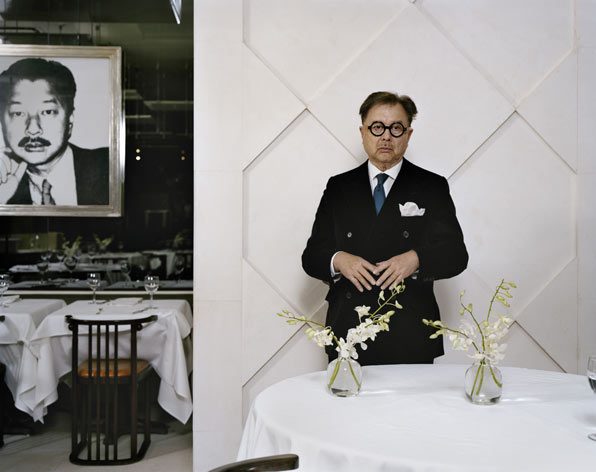
Michael Chow first burst onto the creative scene with his eponymous restaurants which made Chinese food fashionable in 1960s London and 1980s New York. The self-styled Chinese cultural ambassador has, however, always considered himself an artist. Born in Shanghai, he studied art and architecture in London but, after a decade struggling to establish himself as a painter, decided to pursue his dining ventures (where he famously often swapped noodles for art by friends who were the leading artists of the day). As his first solo exhibition of large sculptural canvases - a maelstrom of paint, milk and melted precious metals - opens at Pearl Lam Gallery in Hong Kong, the 74-year-old 2014 Wallpaper* Design Awards Judge tells us why he began painting again after a 50 year 'sabbatical'.
W*: Having studied art, why did you veer away from painting to gastronomy?
Michael Chow: When I was painting before I opened the restaurant, there was no chance of success for anyone who was Chinese or African-American. I had to stop to survive. Then, for years, my work didn't allow me to paint.
What made you revisit the world of painting?
Twenty months ago I had a break-through where I found my medium. I did a smaller painting for my wife Eva and it just worked. Everything fell into place.
Talk us through how you actually produce the works.
I forget everything. The minute I begin to paint the composition comes in different variations so the structural vocabulary is different and I don't know how it will be. You 'listen' with your eyes and just help the painting along. The idea is to build and build and stop when it reaches a climax. It is like whipping cream, where you need to know when enough is enough. With painting, you can ruin the whole thing by just adding one more thing.
Is there one figure from your past or one key influencer who has inspired your work as an artist?
My father, Zhou Xinfang, has always been very important in everything I do. He was a grandmaster of Beijing Opera and very famous but he and my mother suffered a great deal in the Cultural Revolution. The essence of my father is art, so this show is all about me visiting my relationship with China and my parents. I had only a short time with my father as I was sent away to boarding school but I always wanted to be a great artist like him. [former MOCA director] Jeffrey Deitch was also very important in encouraging me to paint again. I felt like Cinderella: no-one looked at me like an artist but I have always felt like an artist. It has just been suppressed.
How does it feel to be showing your work now and why have you waited until this moment?
If I were very greedy, I would wish I'd started earlier but I don't think these paintings would have meant anything in the 1980s. Everything I do, I try to make into a creative process, so I've found the two worlds are not so different. A restaurant is like theatre, where it is all about making the night into the most exciting thing. Every detail is important. That is my philosophy. If I didn't have that I couldn't have survived.
How does your work represent your cross-cultural experiences?
The paintings on show are a conceptual idea of anti-racism. I didn't like the way Chinese were disregarded in the west so this part of my life is to show respect for Chinese culture. That is how I managed to keep a restaurant going for 47 years; because it is comes out of respect for my father and China.
Is there a common strand between your ventures across disciplines?
I've always lived an artistic life. Even when I was opening my first restaurant I wanted the environment to be great and the food to be authentic. I was still an artist then and knew that if I made it look Chinese people wouldn't have the same respect or pay as much. I am obsessive about detail and passionate about what I do. I apply the same philosophy in everything. When I collect art, for example, I study the artist and become an expert. Even if I had to make a cappuccino, it would have passion and be the best.
How does it feel to return to the art world?
Collecting art helped me always stay in contact with that world and it made coming back as a painter much easier as I had never really left it. My track record as a collector is fantastic. It is something like 95% and that is not just luck. Part of it has to do with my broken education. Schools try to suppress individuality but my energy goes to what I am interested in. I am a man of extremes. I want to do things I am good at. It's all about my father. He was so famous and everyone made such a fuss of him. I want to be like that.
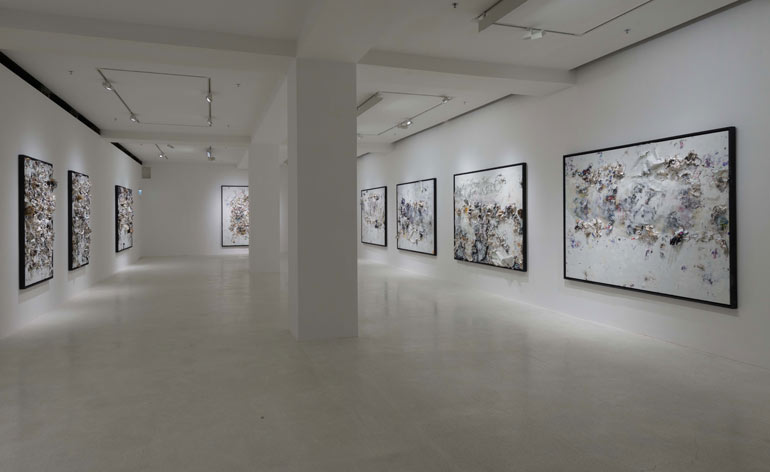
Installation view of Chow's 'Recipe For An Artist' exhibition at Pearl Lam Gallery. The king of Chinese cuisine cites a small painting he made for his wife, Eva, as the catalyst for his new body of work after a 50 year 'sabbatical'
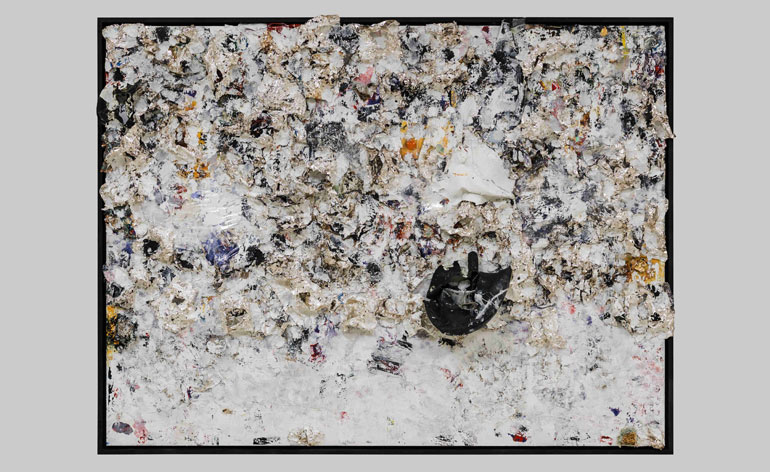
'Sweet Tongue', 2013
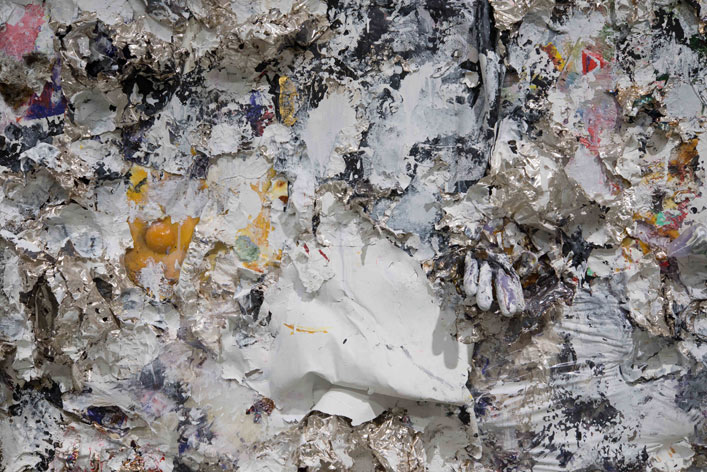
A close up of 'Sweet Tongue', 2013 shows Chow's use of mixed media, precious metals and trash to create 3-dimensional works that protrude from their frames
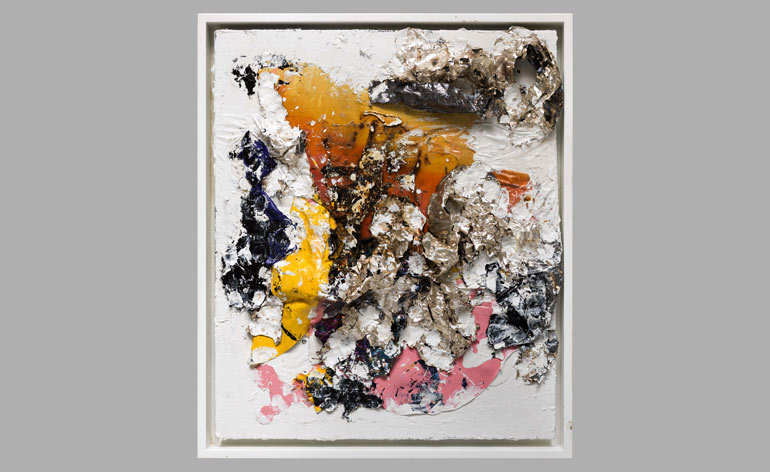
'Baby Series #6', 2012
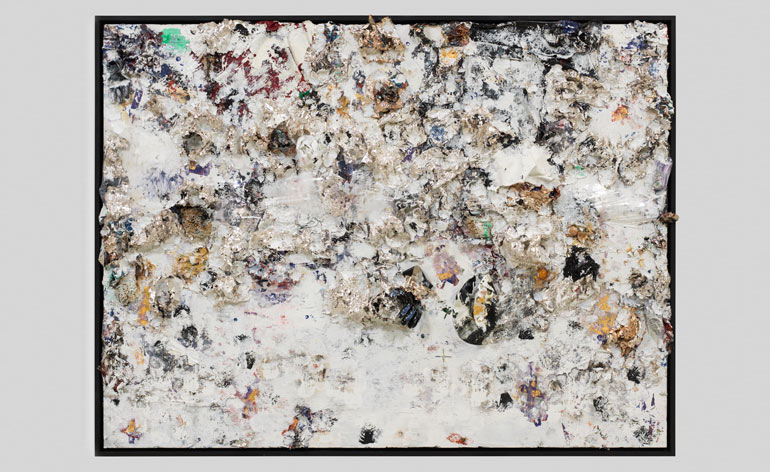
'Vertical Lips', 2013
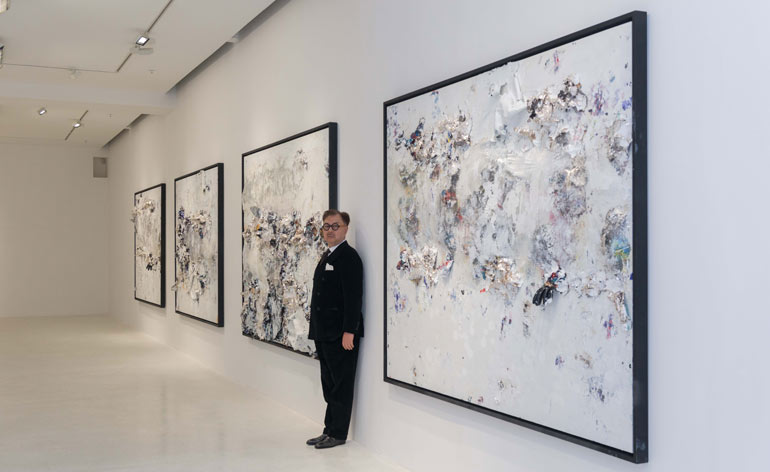
'The paintings on show are a conceptual idea of anti-racism,' says Chow. 'I didn't like the way Chinese were disregarded in the west so this part of my life is to show respect for Chinese culture'
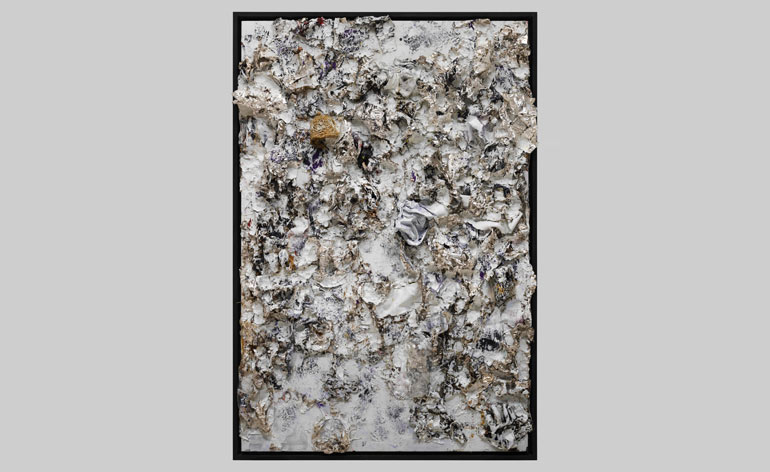
'Poem for 788', 2013
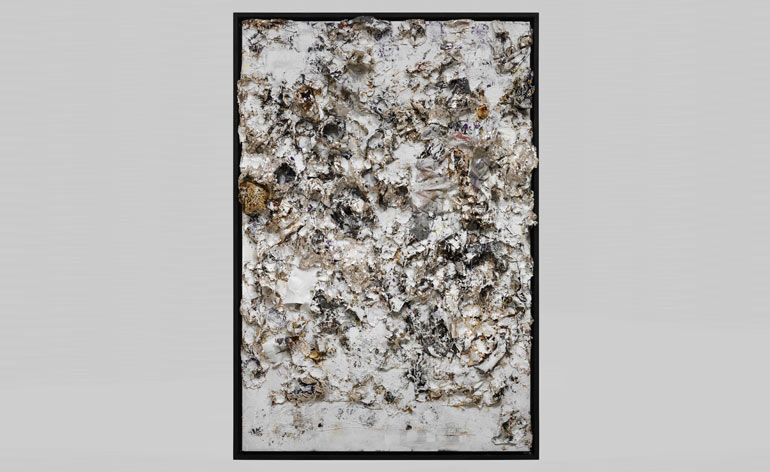
'Return to 788', 2013
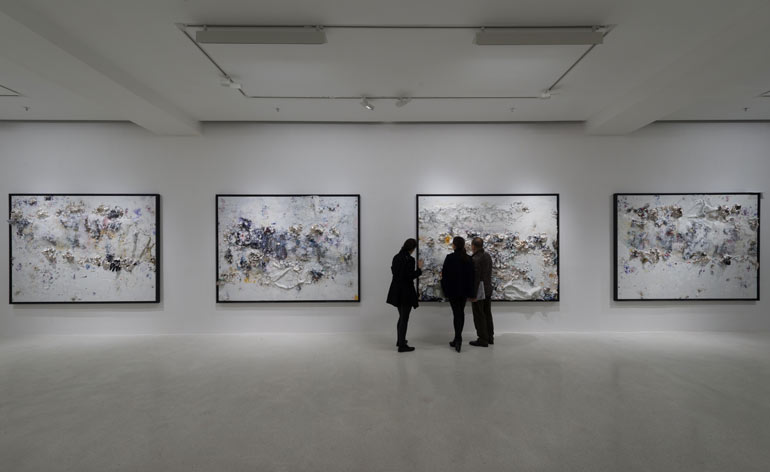
Four canvases make up 'Bitter Morning Mist', 2013
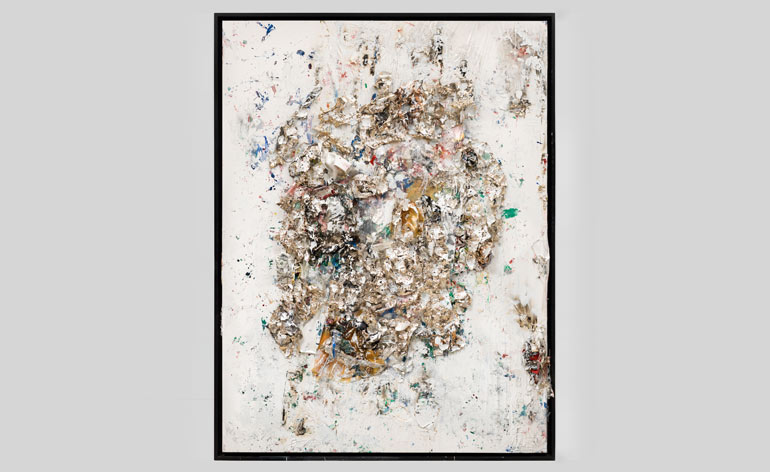
'Bouquet', 2012
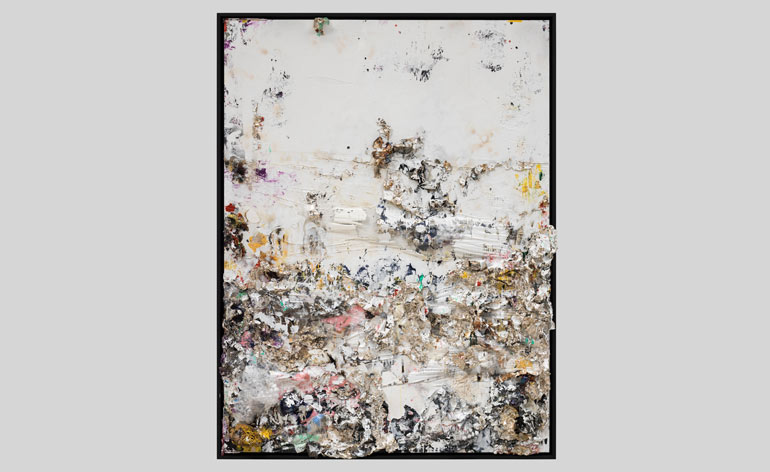
'Rite of Spring I', 2012
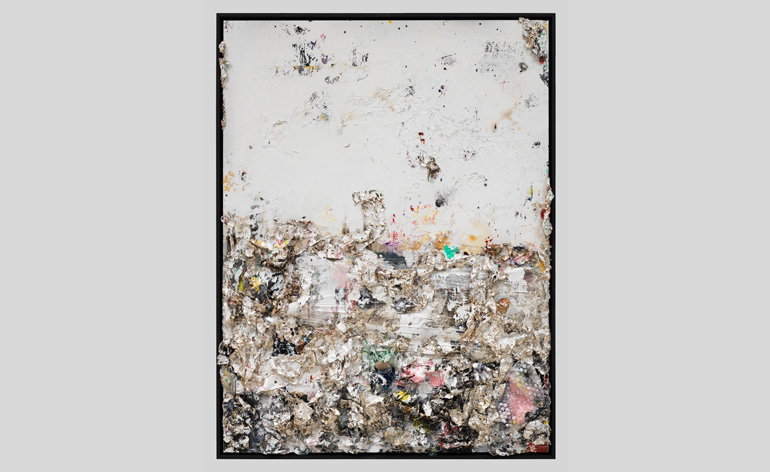
'Rite of Spring II', 2013
ADDRESS
Pearl Lam Galleries
6/F, Pedder Building 1
2 Pedder Street
Central
Hong Kong
Receive our daily digest of inspiration, escapism and design stories from around the world direct to your inbox.
Catherine Shaw is a writer, editor and consultant specialising in architecture and design. She has written and contributed to over ten books, including award-winning monographs on art collector and designer Alan Chan, and on architect William Lim's Asian design philosophy. She has also authored books on architect André Fu, on Turkish interior designer Zeynep Fadıllıoğlu, and on Beijing-based OPEN Architecture's most significant cultural projects across China.
-
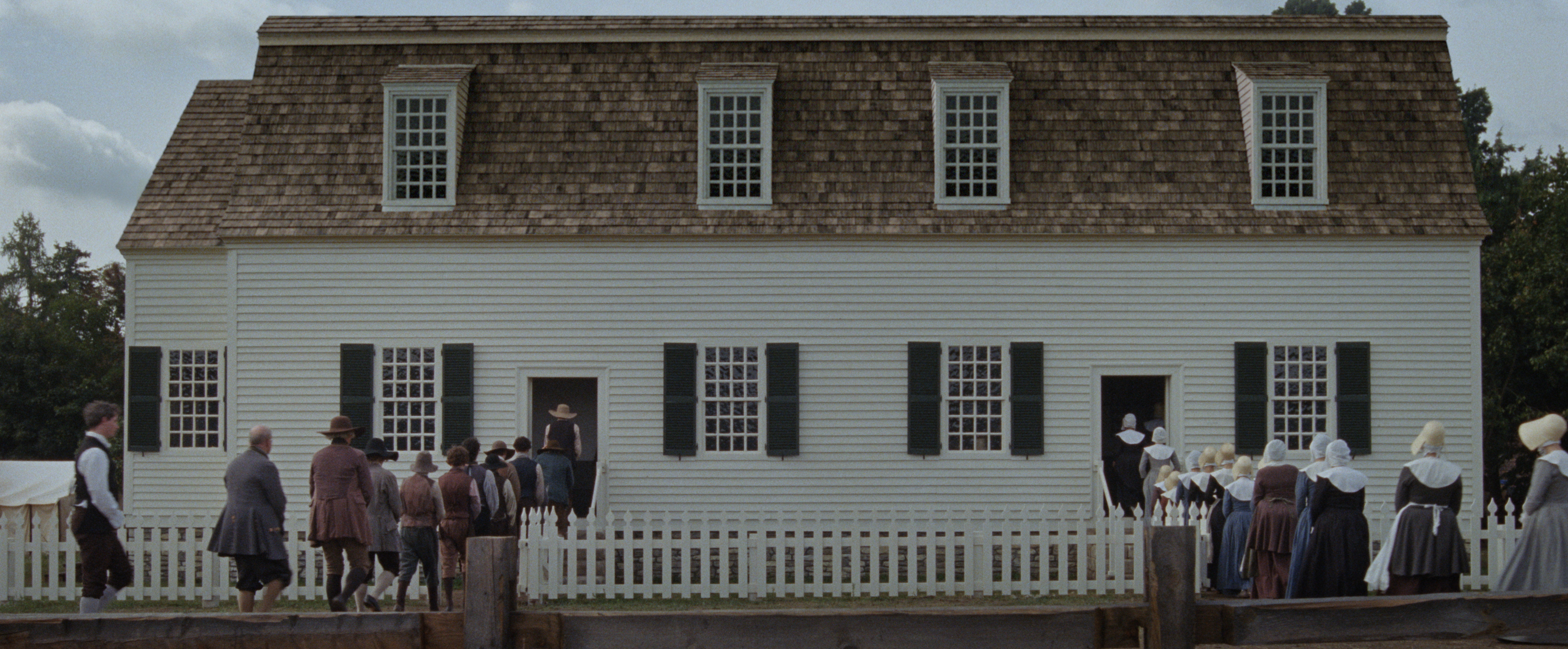 The Testament of Ann Lee brings the Shaker aesthetic to the big screen
The Testament of Ann Lee brings the Shaker aesthetic to the big screenDirected by Mona Fastvold and featuring Amanda Seyfried, The Testament of Ann Lee is a visual deep dive into Shaker culture
-
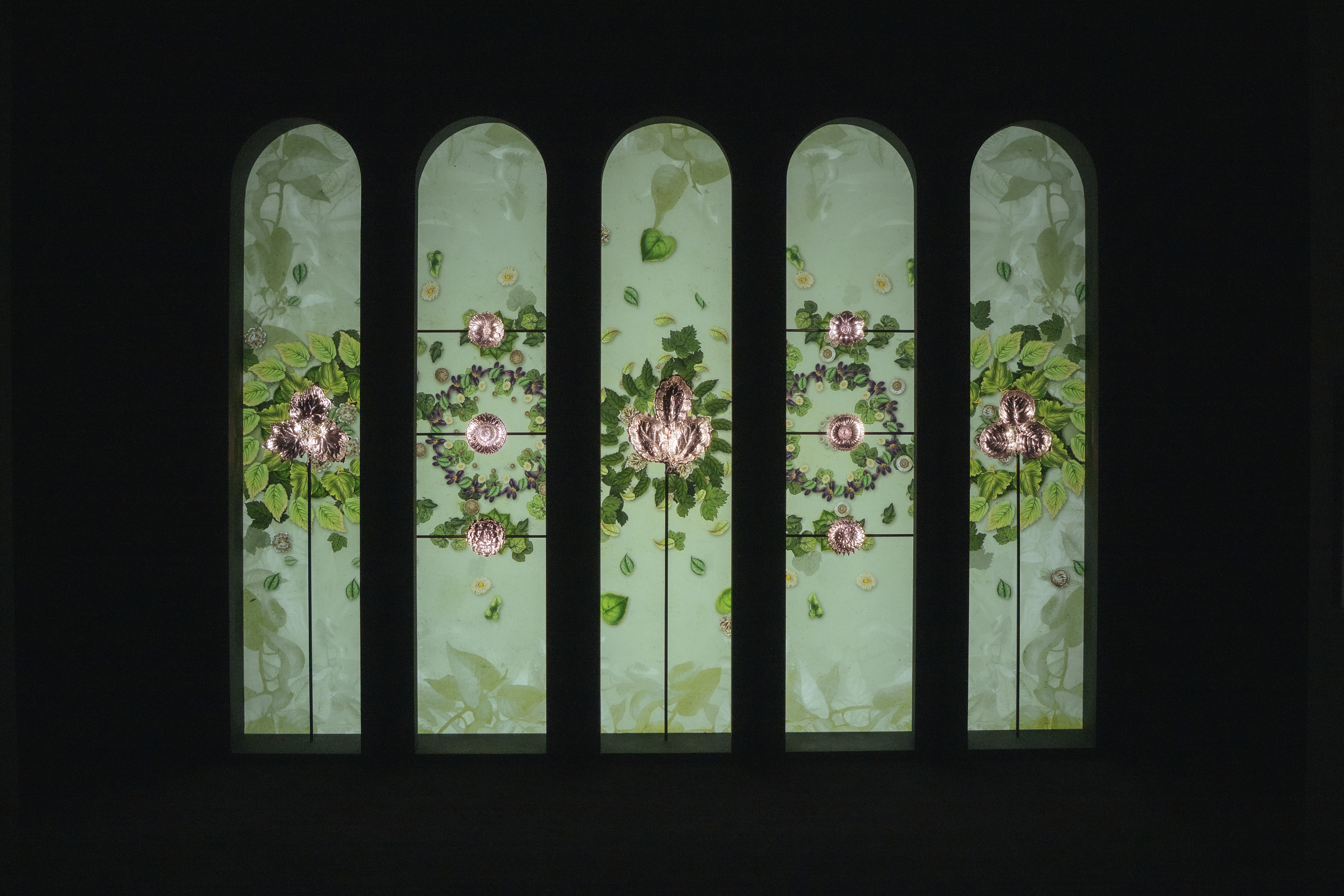 Dive into Buccellati's rich artistic heritage in Shanghai
Dive into Buccellati's rich artistic heritage in Shanghai'The Prince of Goldsmiths: Buccellati Rediscovering the Classics' exhibition takes visitors on an immersive journey through a fascinating history
-
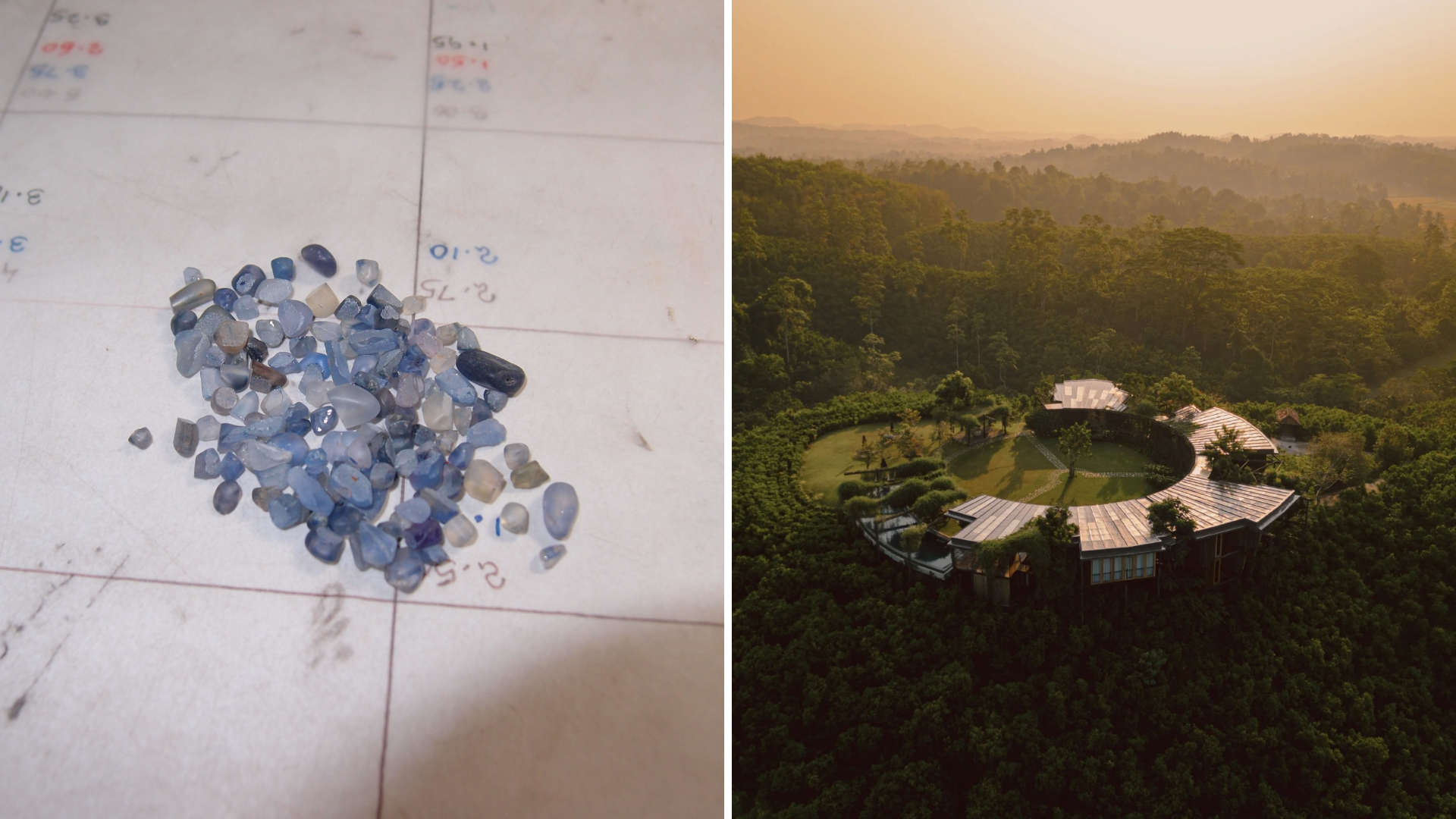 Love jewellery? Now you can book a holiday to source rare gemstones
Love jewellery? Now you can book a holiday to source rare gemstonesHardy & Diamond, Gemstone Journeys debuts in Sri Lanka in April 2026, granting travellers access to the island’s artisanal gemstone mines, as well as the opportunity to source their perfect stone
-
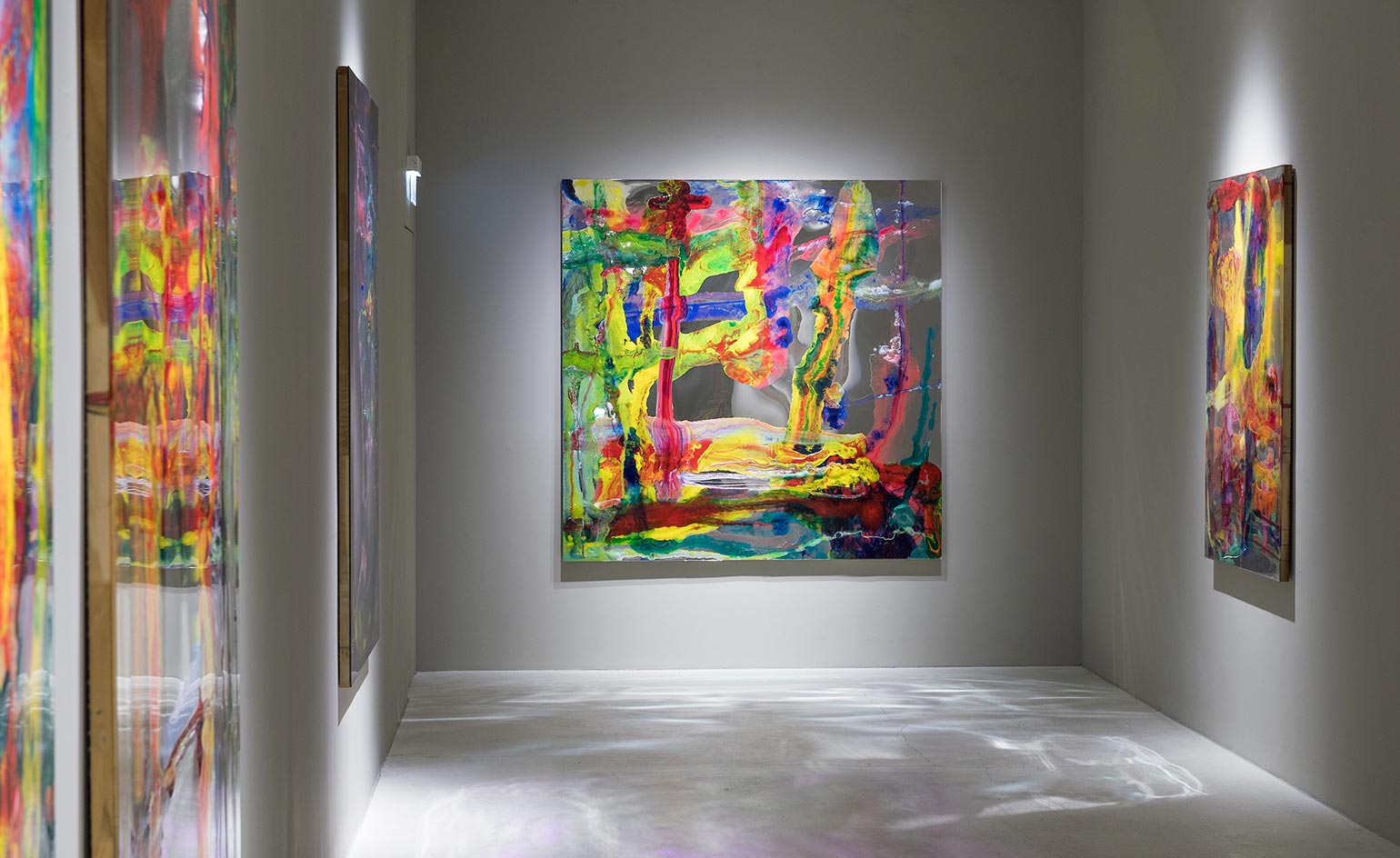 Material world: Dale Frank latest explorations in paint, resin and fire foam
Material world: Dale Frank latest explorations in paint, resin and fire foam -
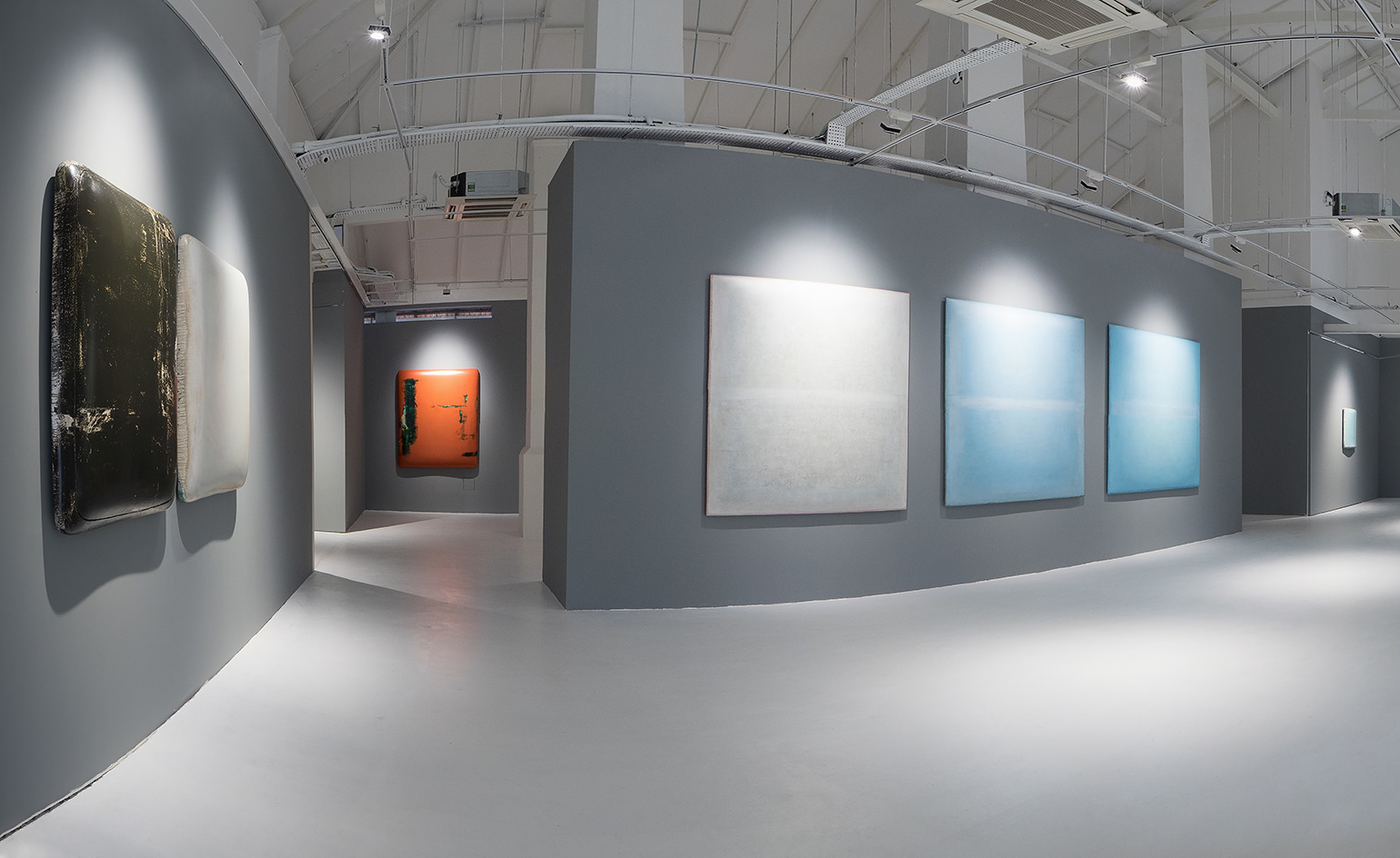 Su Xiaobai inaugurates Pearl Lam Galleries’ new Dempsey Hill outpost
Su Xiaobai inaugurates Pearl Lam Galleries’ new Dempsey Hill outpost -
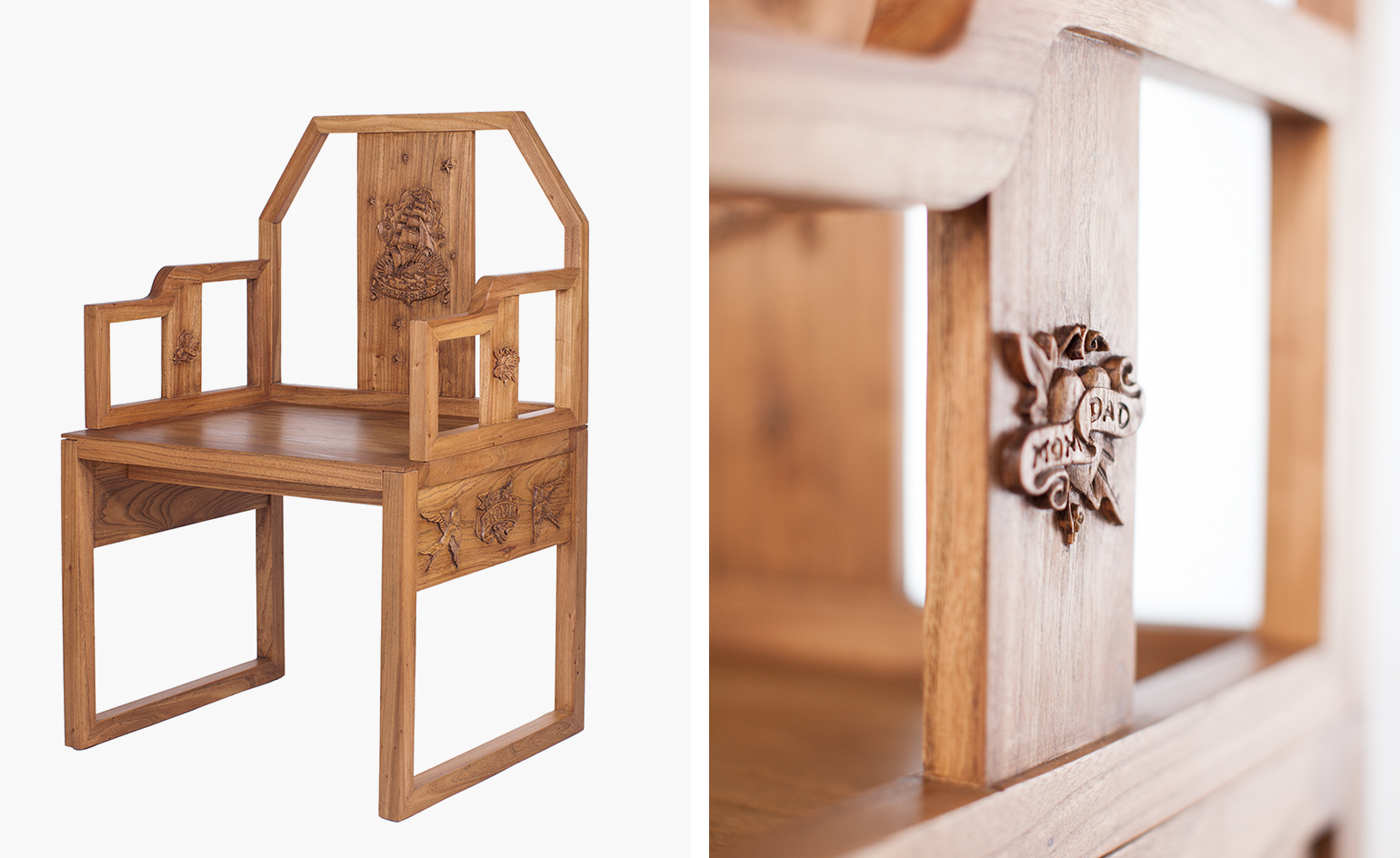 ‘China Clean’: Enrico Marone Cinzano at Pearl Lam Design, Hong Kong
‘China Clean’: Enrico Marone Cinzano at Pearl Lam Design, Hong Kong -
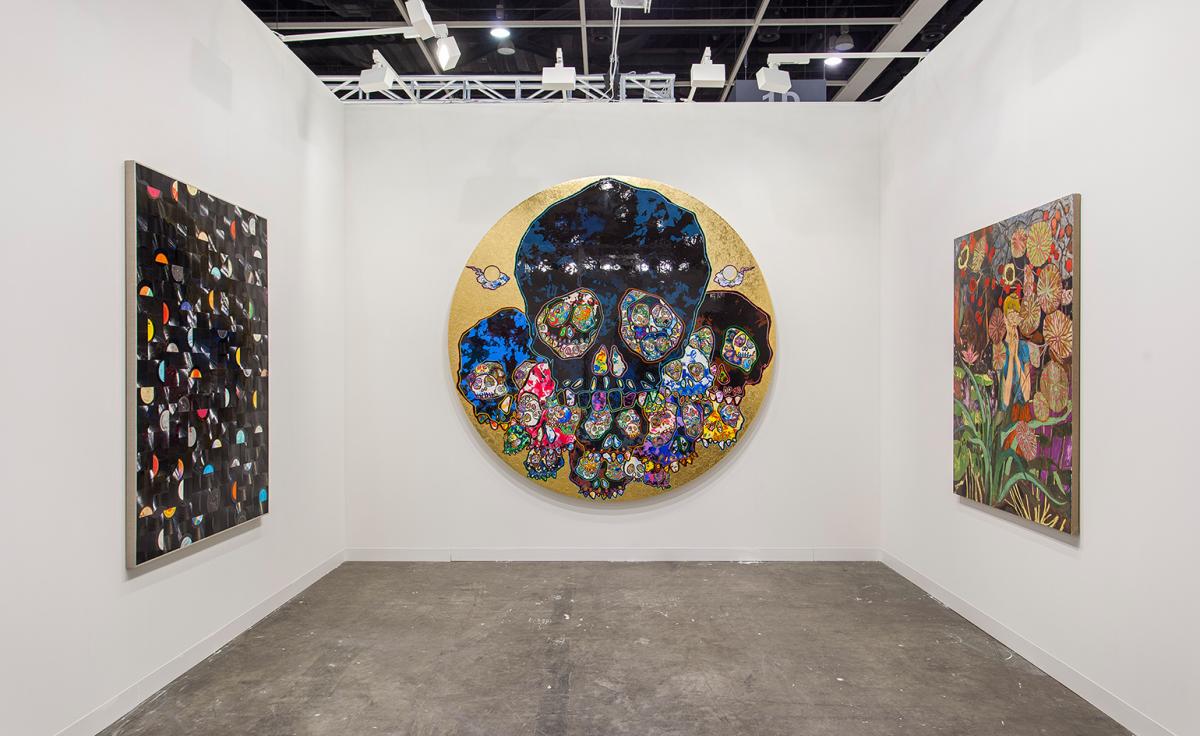 Waterfront wonder: highlights from Art Basel Hong Kong 2016
Waterfront wonder: highlights from Art Basel Hong Kong 2016 -
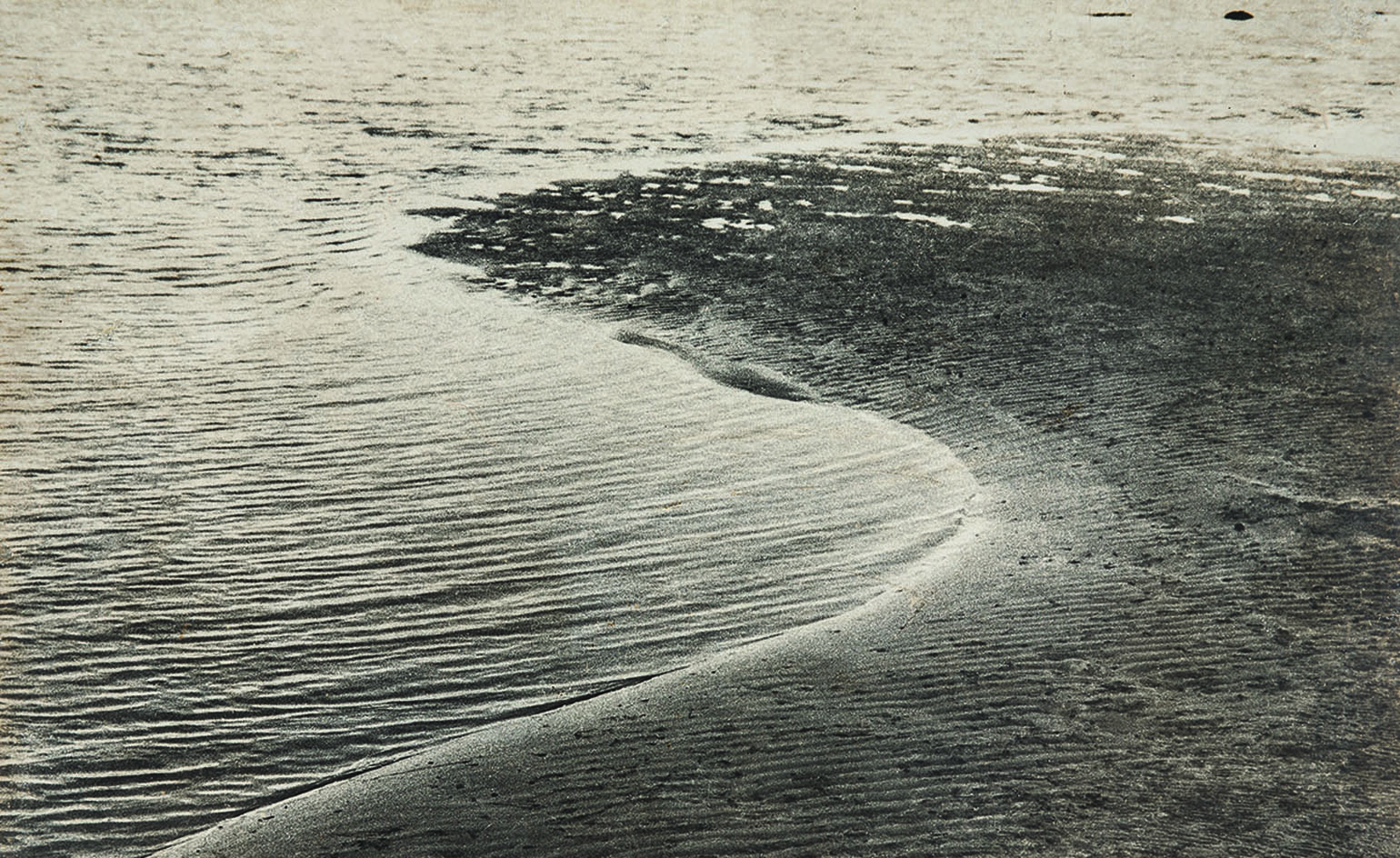 Nasreen Mohamedi: the new Met Breuer brings modernist India to New York
Nasreen Mohamedi: the new Met Breuer brings modernist India to New York -
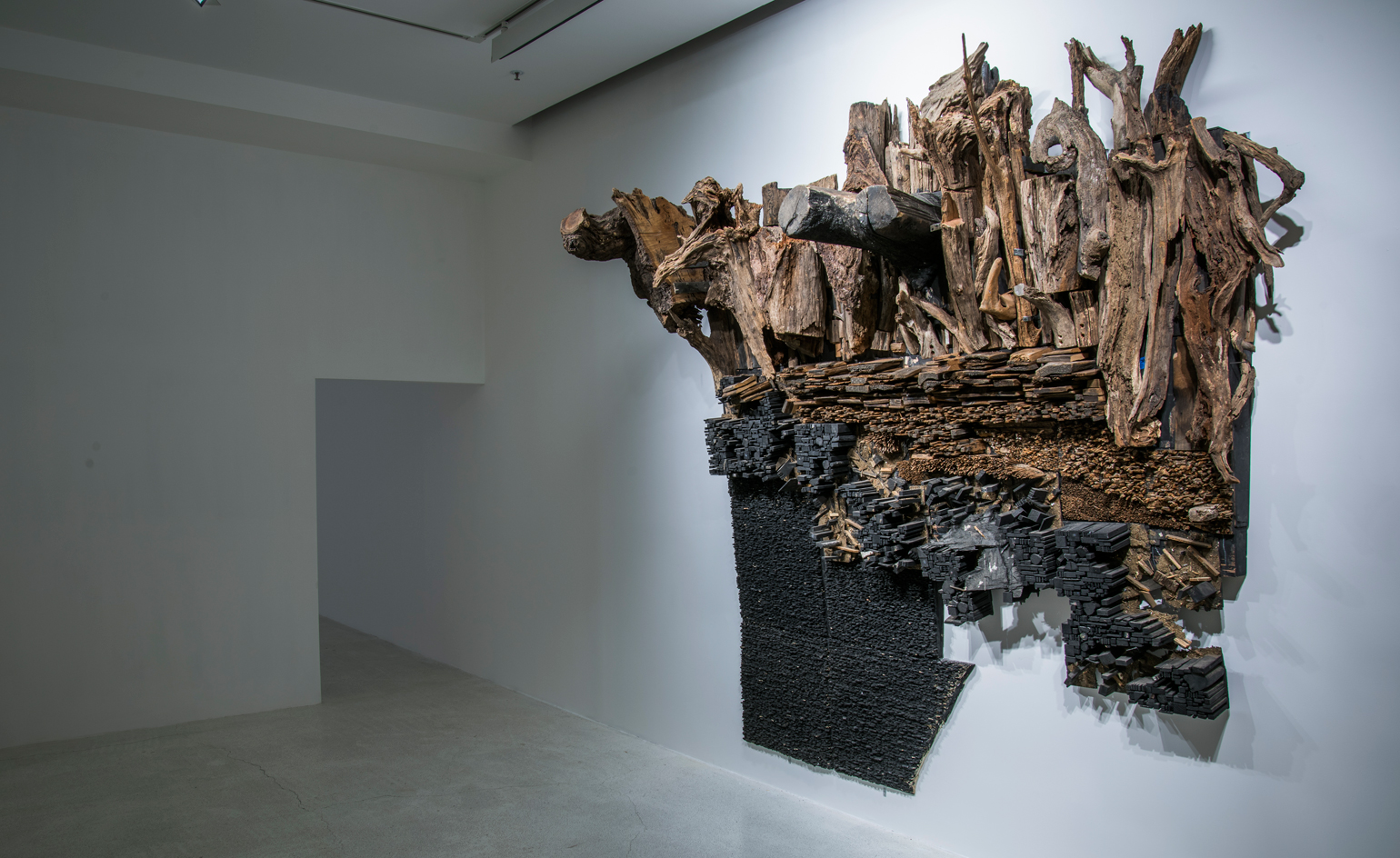 Transformative landscapes: Leonardo Drew's first solo show in Asia
Transformative landscapes: Leonardo Drew's first solo show in Asia -
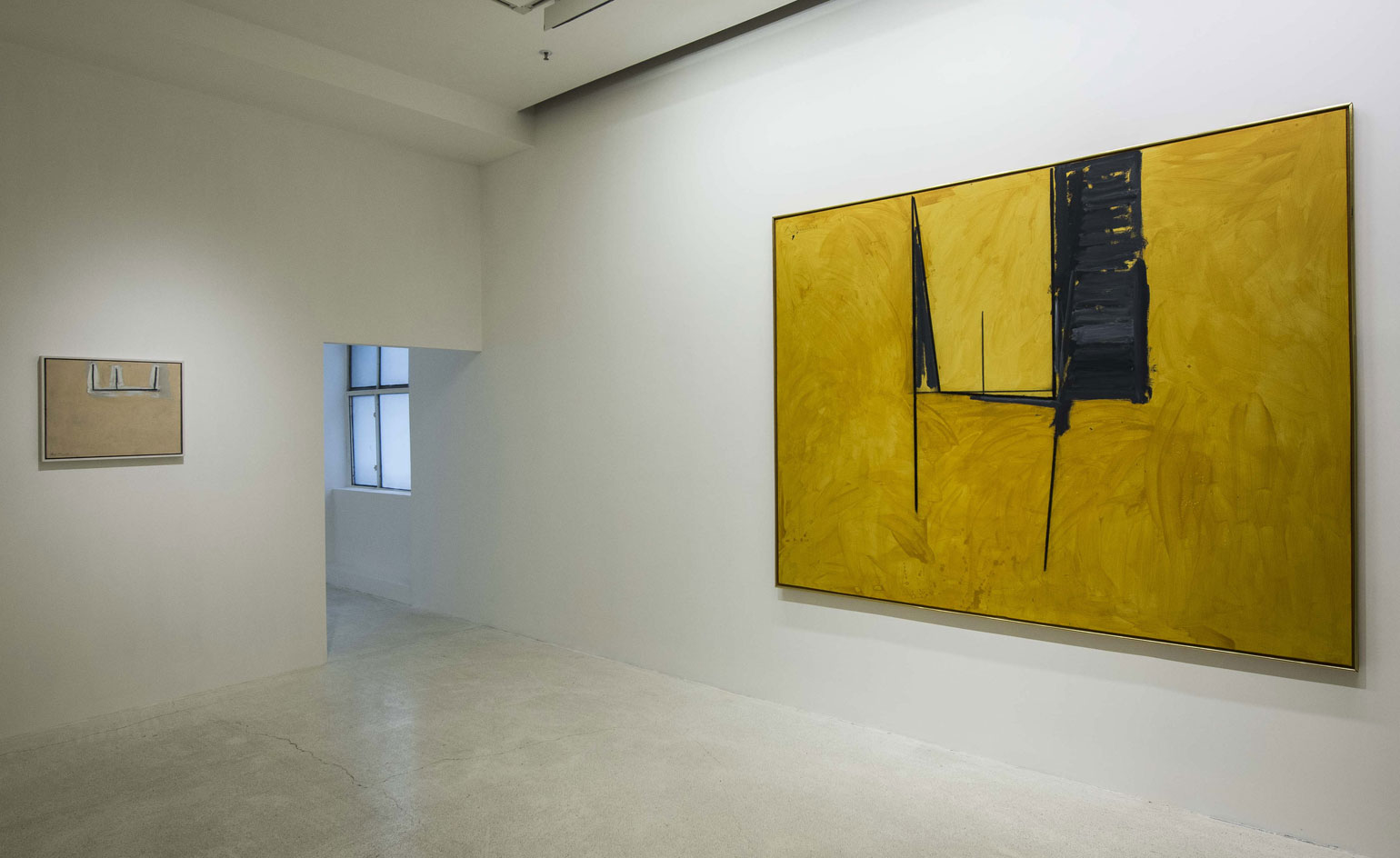 Form, gesture, feeling: Robert Motherwell retrospective opens at Pearl Lam
Form, gesture, feeling: Robert Motherwell retrospective opens at Pearl Lam -
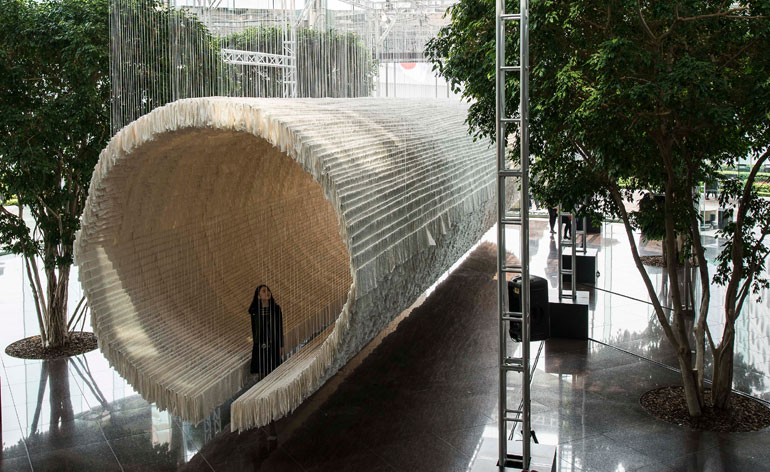 Light shows and pink feathers: how Art Basel 2015 took over Hong Kong
Light shows and pink feathers: how Art Basel 2015 took over Hong Kong